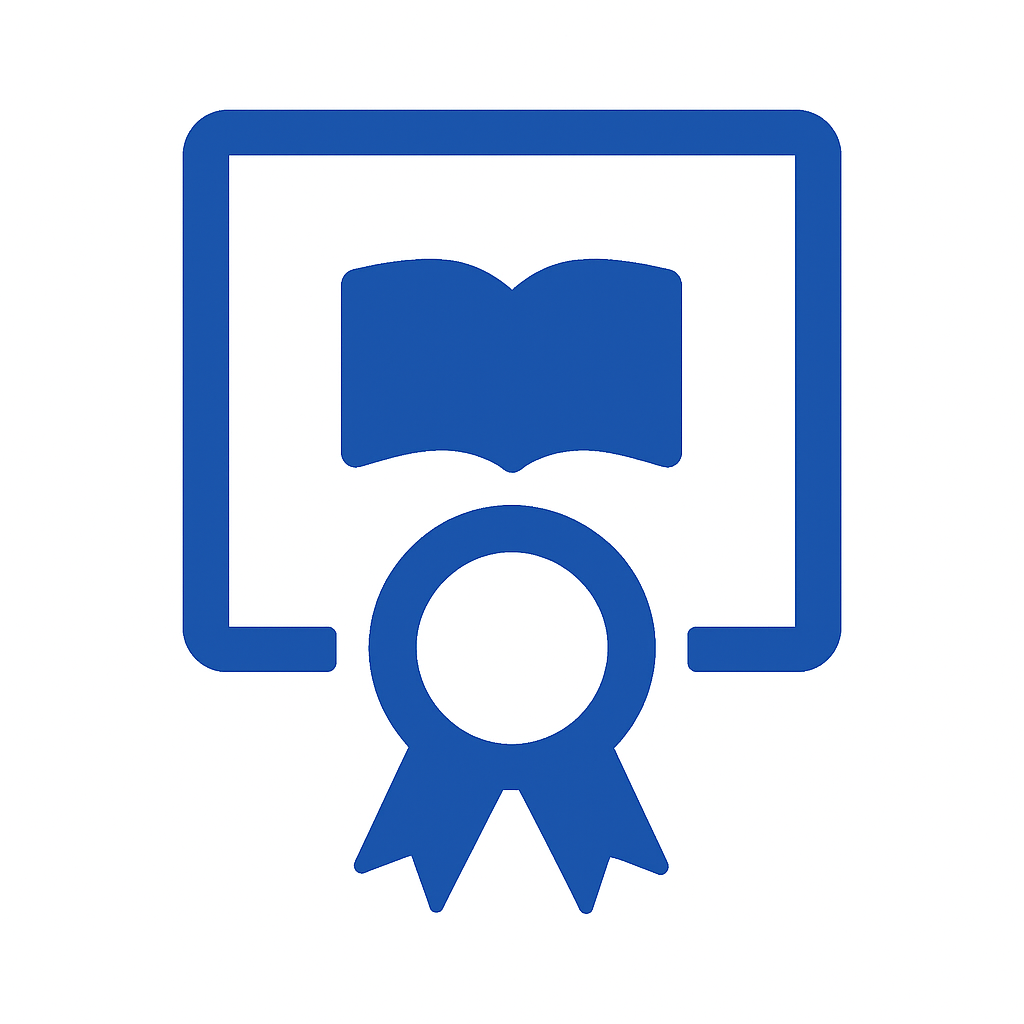To be eligible for admission to the Health, Assistance and Nursing program, candidates must meet one of the following requirements:
Persons holding a Secondary School Diploma or its recognized equivalent, for example, an Attestation of Equivalence of Secondary V studies, or a postsecondary diploma such as the Diploma of College Studies or a Bachelor's degree
OR
Persons who are at least 16 years of age on September 30 of the school year in which their training is to begin and have earned the Secondary V credits in language of instruction and Secondary IV credits in second language and mathematics in the programs of study established by the Minister, or have been granted recognition for equivalent learning
OR
Persons who are at least 18 years of age upon entry into the program and have the following functional prerequisites: the successful completion of the General Development Test, as well as Secondary V credits in language of instruction in a program of study established by the Minister, or recognition for equivalent learning
OR
Persons having earned Secondary III credits in language of instruction, second language and mathematics in the programs of study established by the Minister and who will continue their general education courses concurrently with their vocational training in order to obtain the credits they are missing among the following: Secondary IV and Secondary V language of instruction and Secondary IV second language and mathematics in the programs of study established by the Minister.
A person who has reached the age of 18 can be admitted to a program of study leading to a Diploma of vocational studies (DVS) based on functional prerequisites. These prerequisites, in place for those aged at least 18 years at the start date declared for the vocational training program, are: successful completion of the general development test (GDT) and obtaining and passing the tests relative to the specific prerequisites in the language of instruction and mathematics, if applicable.
 QC
QC




















